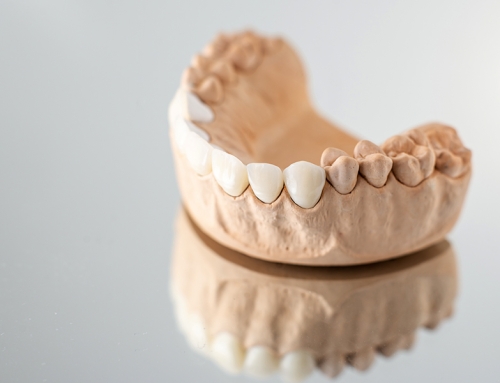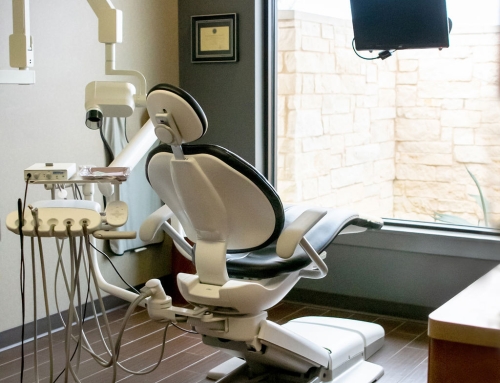Fillings

A dental filling restores the functionality and integrity of the tooth structure by filling in cavities or other missing tooth structures that result from trauma or dental caries. In Cypress, TX the dentists at Welch Dental Group recommend the use of dental fillings for patients who are suited for this type of restoration.
Are there different types of fillings available?
There are various types of dental fillings that are available for use. This is usually decided based on the dentist’s recommendation according to the individual requirements of the patient.
- Gold dental fillings are used because of their compatibility with gum tissue and their durability, often lasting for about 20 years.
- Amalgam or silver dental fillings are relatively less expensive than gold fillings and are similarly resistant to wear. However, they are not recommended for use in areas of the mouth that are visible. They have a darker color that is not very aesthetically pleasing.
- Composite or plastic resin dental fillings have a color more similar to that of the patient’s natural teeth, making them ideal for this type of restoration. However, most composite fillings chip or crack over time, making them less durable then the other types of fillings.
- Porcelain dental fillings are fabricated separately before they are bonded onto the surface of the tooth. They are able to resemble the color and composition of natural teeth very closely and are highly resistant to staining. This makes them very ideal for restorations at the front of the mouth.
What should I expect from the process of getting dental fillings?
At the beginning of the procedure, the dentist may put the infected tooth under local anesthesia to lessen the discomfort. For filling a cavity, all traces of decay must first be removed. The resulting cavity is then cleaned and dried completely. In most cases, an antibacterial agent will be placed inside the cavity to ensure that infection does not proliferate. The filling will then be put inside the cavity to seal it off. Once it has sufficiently hardened, the dentist will adjust the restoration to fit the patient’s bite.





